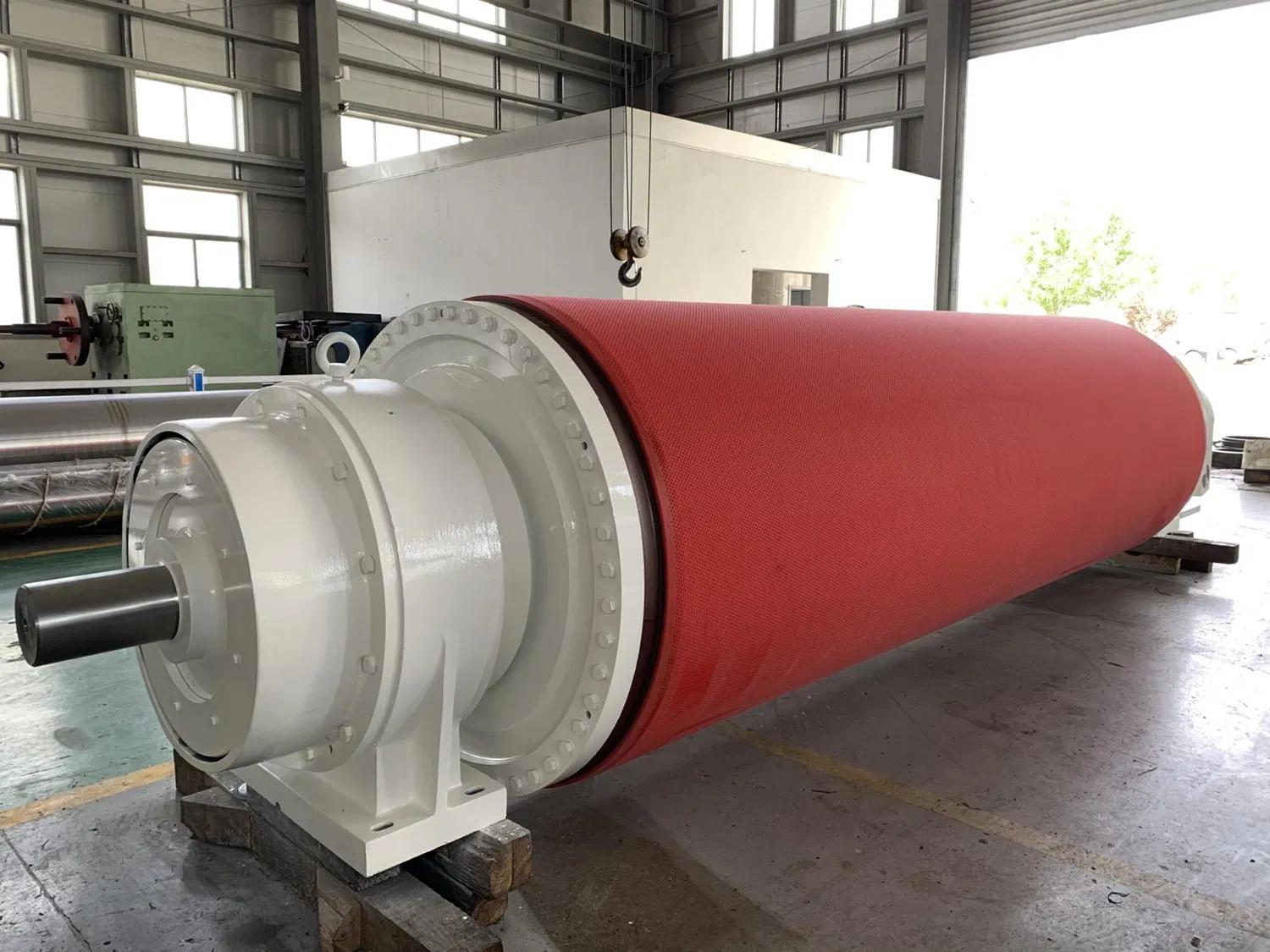The Importance of Roll Efficiency in Paper Mills
Roll efficiency in paper mills is crucial for maintaining product quality and minimizing production costs. Inefficient rolls can lead to paper defects, increased downtime, and higher energy consumption. By focusing on improving roll efficiency, paper mills can boost their overall performance and stay competitive in the market.
Optimization Techniques for Enhancing Roll Efficiency
Proper Roll Maintenance
Regular maintenance is essential for ensuring optimal roll performance. This includes cleaning, inspecting, and repairing rolls to prevent wear and tear. Scheduled maintenance can help identify potential issues before they become major problems, reducing downtime and extending the lifespan of rolls.
Selecting the Right Roll Covers
Choosing the appropriate roll covers for specific applications can significantly improve roll efficiency. Factors to consider when selecting roll covers include material type, hardness, surface texture, and thickness. Proper roll cover selection can minimize wear, reduce deflection, and enhance paper quality.
Best Practices for Improving Roll Efficiency
Regular Roll Grinding and Balancing
Regular roll grinding and balancing are critical for maintaining roll efficiency. Grinding ensures that roll surfaces remain smooth and free of defects, while balancing helps reduce vibration and improve roll stability. Implementing a routine grinding and balancing schedule can help paper mills achieve consistent roll performance and minimize production disruptions.
Monitoring Roll Performance
Continuously monitoring roll performance can help paper mills identify trends, address issues promptly, and make data-driven decisions. Key performance indicators (KPIs) to track include roll temperature, roll pressure, and roll wear rate. By analyzing this data, mills can optimize their processes and improve overall roll efficiency.
Training and Education
Providing regular training and education to mill personnel can help ensure that best practices for roll efficiency are consistently followed. This includes training on roll maintenance, roll cover selection, and performance monitoring. A well-informed workforce is better equipped to address roll efficiency challenges and contribute to the mill's success.
Conclusion
Improving roll efficiency in paper mills requires a comprehensive approach that includes optimization techniques, best practices, and continuous learning. By focusing on roll maintenance, selecting the right roll covers, and implementing best practices, paper mills can enhance their roll efficiency, reduce costs, and improve product quality. Additionally, ongoing training and education will ensure that mill personnel are well-equipped to address roll efficiency challenges and contribute to the mill's overall success.



